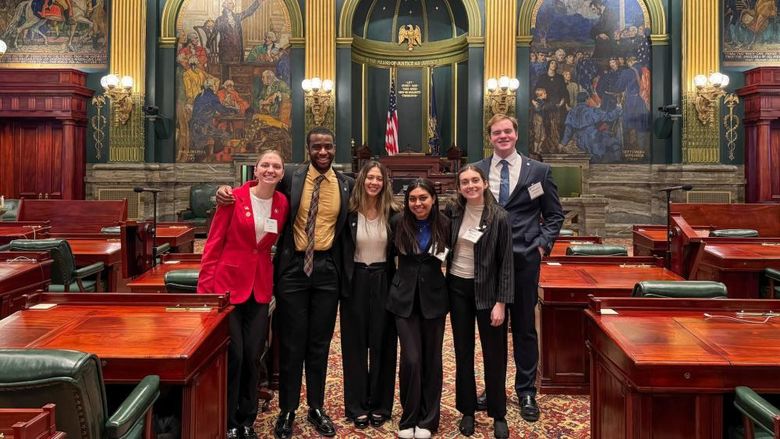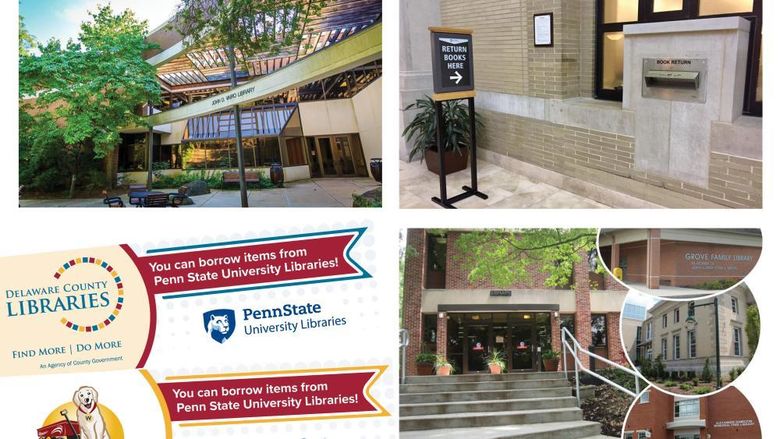
Penn State Brandywine Professor of Earth Sciences Laura Guertin is helping NASA publicize the launch of JPSS-1, a new polar satellite.
MEDIA, Pa. — When new scientific technology is released, it takes a team of scientists, teachers, writers and even social media users to get the word out to the public. This summer, Penn State Brandywine Professor of Earth Sciences Laura Guertin is helping NASA publicize the launch of JPSS-1, a new polar satellite.
The satellite will travel across the North and South Poles tracking ice loss in those regions. The JPSS-1 mission is a joint effort between NASA, the National Aeronautics and Space Association, and NOAA, the National Oceanic and Atmospheric Association.
“We’ve been tracking this information over time,” said Guertin, “but to have higher resolutions of data to work with is always useful.”
Guertin’s own connection to the satellite mission is through NASA Social, a program that harnesses the networks of science-minded social-media enthusiasts to spread the news about scientific developments.
“Basically, they bring science to a roomful of people who use social media and ask them to expand that new development’s public exposure through their individual networks,” Guertin said.
As a NASA Social attendee, Guertin traveled to the NOAA Earth System Research Laboratory in Boulder, Colorado. While there, she participated in a facility tour, saw models of JPSS-1 that were used in its construction and attended a private briefing with the scientists who built the satellite.
“It’s always great to actually meet the scientists behind a project — to get pictures with them and with the scientific instruments they use,” she said. “I like being able to share that not only on social media, but with my students.”
NASA Social attendees have scientific backgrounds, but apply their knowledge in a variety of career settings. The JPSS-1 social was attended by educators like Guertin, but also by storm chasers, media producers, artists and even college students. This diversity means that the social attendees are uniquely poised to explain scientific research to a variety of audiences.
Since Guertin teaches introductory earth science courses at Brandywine, making complicated scientific data simple to understand is a normal part of her job.
“Scientists have their own jargon,” she said. “Sometimes people need to hear the research explained differently. NASA is launching a satellite? That’s great — but NASA is always launching satellites. Why does this one matter? That’s what I try to explain — what makes the satellite relevant.”
To learn more about JPSS-1 and its purpose, visit the mission’s website.




